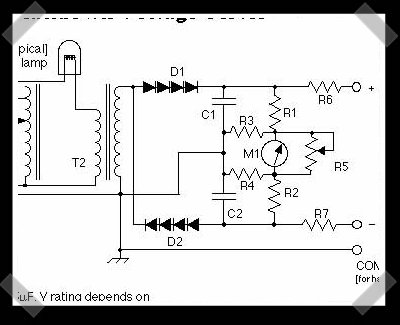
[bugloaf] tipped us off about this flower power hack. University of Washington researchers, [Babak], [Brian], and [Carlton] have developed very low power circuits to run directly off of trees. This builds upon the work of MIT researchers and Voltree Power. A voltage of up to around 200mV is generated between an electrode in a tree and an electrode in the ground. Identical metals can be used as electrodes as the process is not like that of a lemon or potato battery. The significant development here is the use of a boost converter and exceptionally low power circuits. What kind of applications can you come up with for this source of power? Maybe you could try to combine this power with the power from donuts and hair.
















